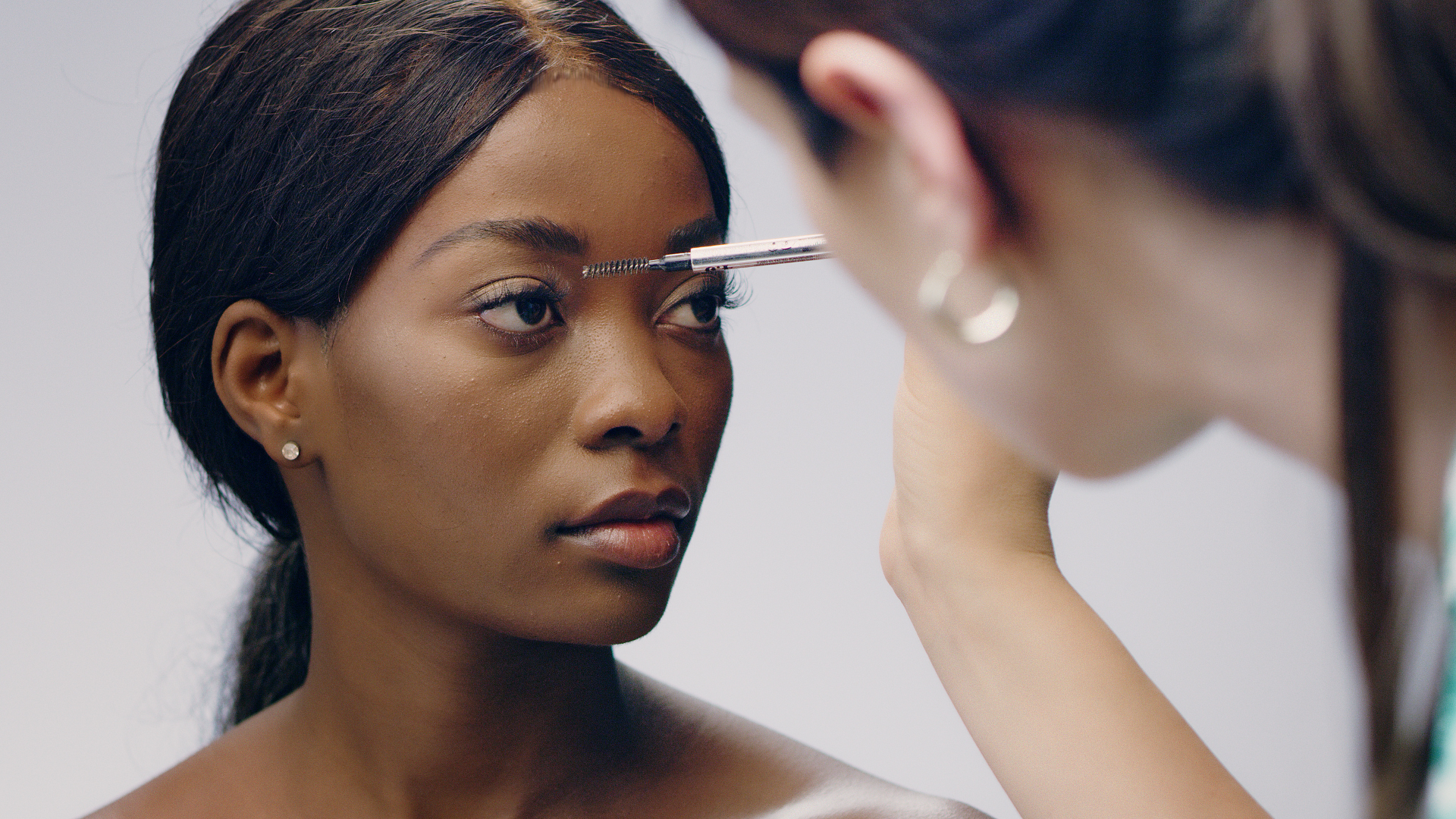The modelling used to be an easy job that was all about posing. The photographers would tell you to stand here, stand there, hold this pose, and shoot that one. It has gotten a lot more complicated over the years, and with the rise of digital photography, it has become even more complicated. There are now smartphones in the hands of every model, and with it, a whole different set of rules to follow.
The word “pose” is used to describe several different actions that a model can do to look at a specific angle of the camera. The more poses a model can do, the more options they have, creating the ability to get the desired shot. This article will go through the basic poses a model should be able to do so that you can begin to take more interesting and well-composed photos yourself.
- The Seated Poses
The basic starting position is crucial to make the client feel more comfortable and look more confident. This position is known as the “seated pose.” It puts the model in a position where she will appear to be sitting and relaxed, giving a warm and friendly appearance. Sitting poses have traditionally been considered more feminine and less powerful. However, they can be very dynamic and powerful when used appropriately. The basic sit can be very versatile and is a great way to start a shoot, especially if the model is relatively new and not entirely sure of herself yet. I like to call this kind of pose a “root pose.”
- The Standing pose
There are so many different types of poses that are great for portfolios and photos. The standing pose is a pose that is a little different. Standing creates a sense of power and confidence that is hard to match if you are trying to pretend you are not modelling. By standing in the studio you can use the power of this pose to have a little fun.
When working with models, it’s important to get the poses right. The most popular pose will be the standing ones, and the one we like the most is the standing one. Standing poses work best for more experienced models, but they can also be used in specific situations. They can be used in a variety of situations, such as when you are trying to get the subject’s attention. These kinds of poses can also be used as a general way to work with the subject in a natural, relaxed way. The most common example of this is when you are shooting a portrait and want to get the subject’s attention (like when you are taking a photo of a child playing with a toy or a couple in an intimate moment).
- The Beauty Poses
Being a professional photographer can be an extremely rewarding career, but it can also be stressful. Everyday deadlines, long hours, and client demands can get to everyone from time to time, but we must try to stay positive and stay motivated. Every pose in a beauty shoot has its unique requirements and often involves the use of props and lighting. For example, an arched back pose can be frustrating to pull off, but it’s a lot easier with the right props and lighting.
The key to a great shoot is knowing when to push and when to pull. It’s an art, a skill, and a specialty. Let’s talk about the art of push and pull in the world of photography.
The pose is a basic photographic concept that has been around since the invention of cameras. Knowing and understanding the basics of poses is an important step to understanding the world of photography. When you learn the basics, you will be able to start looking at photos more like a story rather than just a bunch of static images. We will learn the basics of photography and share our knowledge with you so you will be able to take amazing pictures. The pose is a photography technique widely used in society to make things look good instantly. Posing is the act of putting the right poses on the right objects in front of the right background. It is a very simple art that can make any picture look amazing.

Leave a Reply